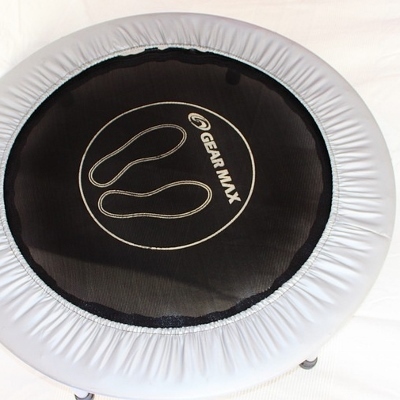 Children are sometimes considered small people, i.e., adults in miniature, although this concept should not be applied uniformly across the board, such as when strength training is involved; however, children can carry out strength training.
Children are sometimes considered small people, i.e., adults in miniature, although this concept should not be applied uniformly across the board, such as when strength training is involved; however, children can carry out strength training.
Timing is the foremost question regarding when it is appropriate to introduce strength training. Most parents believe that strength training should be initiated only in the late teens to ensure the child’s growth isn’t stunted. Generally, strength training may be introduced when a child is old enough to participate in sports training, which could be as young as 7 years, as with gymnastics or baseball.
That is not to say you can just give a child smaller dumbbells or a miniature weight set and be done with it. The most important aspect of strength training in children is the teaching of proper technique, controlled movement, and no resistance at the outset.
As the purpose is to build strength, emphasis should be placed on using minimal weights and carrying out more repetitions instead of heavy weights and a small number of repetitions. In time, light resistance can be included in the regimen as the child becomes stronger.
The weight a child can train with is not determined through a formula. Rather, the appropriate weight(s) to use is based on what the child can lift in 8 to 15 repetitions using proper technique.
A too-heavy weight means that the minimum number of repetitions cannot be completed correctly. Conversely, investigate and correct technique (if required) and/or move up to heavier weights if more than 15 repetitions can be carried out without undue strain.
Indeed, whether it is carried out with resistance bands, free weights, or on weight machines, strength training in children isn’t about creating miniature bodybuilders. The same as in adults, strength training aids in the fortification of the tendons and ligaments supporting bone and muscle, and as with the elderly, it increases bone density. Unlike adults though, excessively heavy weights should be avoided in order to avoid strain on immature growth plates, which may stunt normal growth.





